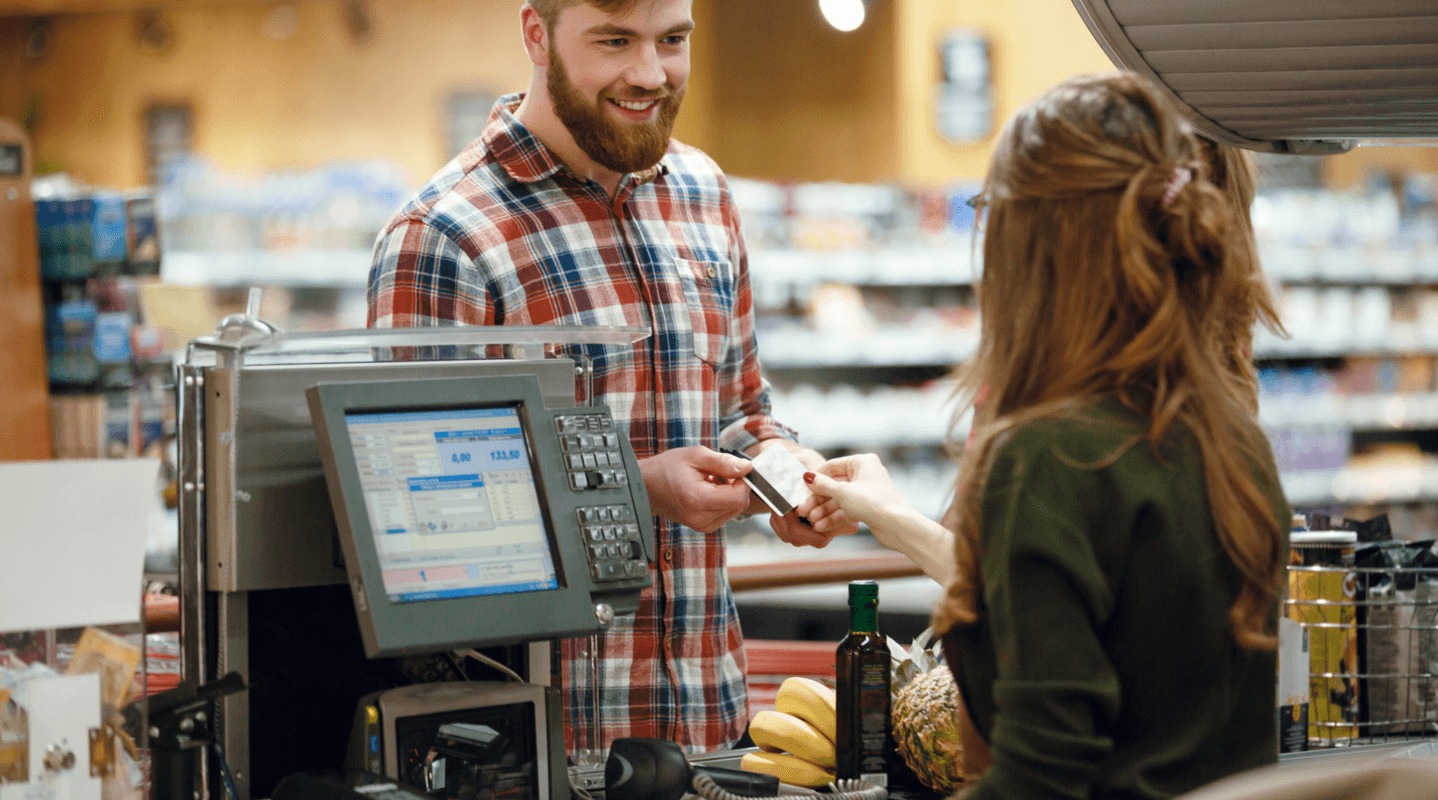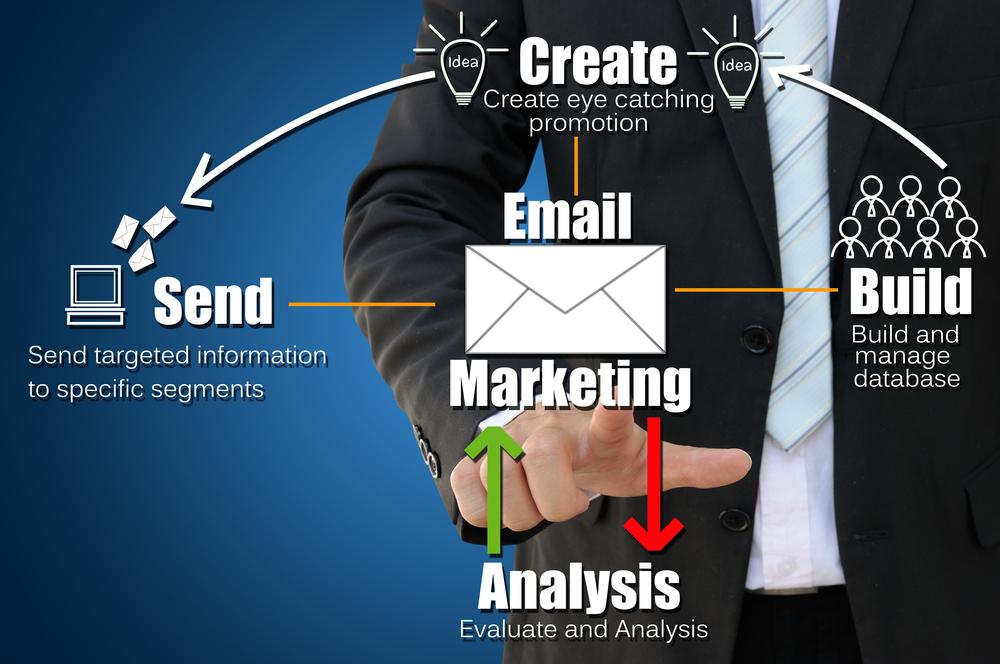MENU
Starting a Business
- Best Small Business Loans
- Best Business Internet Service
- Best Online Payroll Service
- Best Business Phone Systems
Our Top Picks
- OnPay Payroll Review
- ADP Payroll Review
- Ooma Office Review
- RingCentral Review
Our In-Depth Reviews
Finance
- Best Accounting Software
- Best Merchant Services Providers
- Best Credit Card Processors
- Best Mobile Credit Card Processors
Our Top Picks
- Clover Review
- Merchant One Review
- QuickBooks Online Review
- Xero Accounting Review
Our In-Depth Reviews
- Accounting
- Finances
- Financial Solutions
- Funding
Explore More
Human Resources
- Best Human Resources Outsourcing Services
- Best Time and Attendance Software
- Best PEO Services
- Best Business Employee Retirement Plans
Our Top Picks
- Bambee Review
- Rippling HR Software Review
- TriNet Review
- Gusto Payroll Review
Our In-Depth Reviews
- Employees
- HR Solutions
- Hiring
- Managing
Explore More
Marketing and Sales
- Best Text Message Marketing Services
- Best CRM Software
- Best Email Marketing Services
- Best Website Builders
Our Top Picks
- Textedly Review
- Salesforce Review
- EZ Texting Review
- Textline Review
Our In-Depth Reviews
Technology
- Best GPS Fleet Management Software
- Best POS Systems
- Best Employee Monitoring Software
- Best Document Management Software
Our Top Picks
- Verizon Connect Fleet GPS Review
- Zoom Review
- Samsara Review
- Zoho CRM Review
Our In-Depth Reviews
Business Basics
- 4 Simple Steps to Valuing Your Small Business
- How to Write a Business Growth Plan
- 12 Business Skills You Need to Master
- How to Start a One-Person Business
Our Top Picks
Your Best Asset: The Power of Customer Loyalty and its Significance

Table of Contents
Once a business is launched, one of the largest operational hurdles is not just attracting customers, but cementing customer loyalty to ensure they keep returning. Stellar service can elevate customer retention, but it’s only part of the equation.
Customer loyalty is the lifeblood that empowers startups and small businesses to differentiate themselves and flourish. In this piece, we delve into the critical nature of customer loyalty, offering guidance on establishing and nurturing a customer base that is staunchly loyal.
What is customer loyalty?
Customer loyalty is a customer’s propensity and eagerness to consistently opt for a particular product or utilize a service from a company, primarily driven by their positive customer experiences.
Customer loyalty represents the enduring relationship between satisfied customers and the businesses they regularly support. While superfan brand ambassadors are indeed a facet of customer loyalty, the routine repeat customers form the backbone of this concept. Take, for instance, customers who visit a specific ice cream shop on a monthly basis, or those who have a standing weekly reservation at a certain local eatery.
Brand ambassadors often use social media to boost brand visibility, generate more sales leads and increase sales.
Why is customer loyalty important?
Establishing customer loyalty transcends merely ensuring clients are satisfied with your business’s offerings. Your prime objective should be to transform customers into brand ambassadors through delightful experiences, thereby enhancing customer loyalty.
Below are six key reasons why escalating customer loyalty is indispensable for all businesses and startups.
1. Loyal customers become ambassadors for your company.
Word-of-mouth marketing, fueled by customer loyalty, produces compelling brand advocacy. We trust recommendations from friends and family regarding retailers, services or companies. We frequently rely on negative and positive customer feedback and other user-generated content to inform our purchasing choices. Customers loyal to your brand will have faith in your company and won’t hesitate to share their favorable experiences with others.
Let’s illustrate this with an example of word-of-mouth marketing: Suppose a person relocates to a new city and opts to hire a landscaper to maintain their yard. To locate a competent and affordable landscaper, the new resident might ask their neighbors who maintains their yards, thereby gauging the level of customer loyalty these landscaping businesses enjoy.
They might also gather opinions via community-focused social platforms like Nextdoor or scrutinize customer loyalty narratives through reviews of diverse landscaping enterprises on Google and Yelp. Eventually, they might receive numerous recommendations and select the most suitable landscaper for their needs and budget. This scenario showcases how a business can gain new clientele, all thanks to the powerful influence of loyal customers’ recommendations.
Word-of-mouth advertising is especially effective as part of your local marketing strategy for building business in your community.
2. Customer loyalty cultivates regular patronage.
Often, customer loyalty propels recurring transactions driven by desires and necessities. This is especially the case if a company has built a customer loyalty program that incentivizes regular purchases.
For instance, consider a customer who buys fresh-baked bread each week from a bakery that rewards every fifth item bought with a free one. In this scenario, the customer will likely return to that bakery for every loaf of bread they need. They may also purchase other items, such as cookies, rolls and doughnuts, to earn more free items and rewards.
3. Increased customer loyalty correlates with higher spending.
Customers that exhibit strong loyalty patterns are likely to spend more. Data gathered by Invesp confirms that loyal, returning customers spend 67 percent more than new ones. The probability of sales conversion with prospects ranges between 5 and 20 percent, whereas, for existing customers, this likelihood escalates to an impressive 60 to 70 percent.
When customers have done business with you multiple times, they trust you to provide great products or services at a reasonable price and excellent customer service. For these reasons, customers who display loyalty have a propensity to spend more with your business. They may also explore your premium-priced products or make larger purchases of your regular-priced items, further solidifying their customer loyalty.
4. A thriving focus group.
Who usually contributes to your surveys or interacts with your social media posts when you seek customer feedback or opinions? Primarily, it’s your loyal customers. These customers have an ingrained sense of loyalty that makes them more than willing to share their insights with you, particularly if it will enhance your business. Their customer loyalty is driven by their fondness for your business, and they do not wish to see it disappear.
The survey data you acquire from loyal customers is highly valuable, helping you determine what you’re doing right and address problems before they become serious issues.
5. Customer loyalty cuts costs by reducing the need for customer acquisition.
Investing in customer loyalty minimizes a company’s rate of customer attrition, a scenario that often results in the necessity to recruit new ones. When businesses overlook the importance of fostering customer loyalty, they face a significantly high rate of customers ceasing their business relationships. This approach, however, isn’t financially beneficial. Invesp asserts that the cost of obtaining a new customer is five times that of preserving an existing, loyal one. Therefore, a prime focus on customer loyalty not only strengthens customer retention but also curbs the financial strain of marketing, sales, and onboarding efforts aimed at drawing in new customers.
6. Loyal customers make your ads more effective.
Rooted in the marketing “rule of seven,” individuals who aren’t acquainted with your business and haven’t encountered your ads typically require exposure to your advertisement approximately seven times prior to taking action. In contrast, customers who’ve demonstrated loyalty to your brand already align with your advertisements, due to their pre-existing familiarity with your business and its product or services.
Maintaining customer loyalty, thus, simplifies and amplifies your advertising efforts. Loyal customers not only identify with your brand, but they also enhance the salience of your ads, improving the overall impact. Their loyalty predisposes them to view your ads with more interest and recognition, compared to those who are unfamiliar with your company.
This is where the power of customer loyalty comes to the fore: the more customer loyalty your business can cultivate, the less reliance there is on repetitive exposure for your ads to resonate. Customer loyalty, in essence, increases the salience density of your advertisements, thereby augmenting their effectiveness.
How can you enhance and sustain customer loyalty?
Here are six strategic actions to help you nurture and maintain customer loyalty.
1. Implement a customer loyalty rewards program to augment customer loyalty.
Some businesses achieve a certain level of customer loyalty naturally, even without investing specifically in a customer loyalty initiative. However, by implementing a customer loyalty rewards program, you can attract new clientele and bolster your bonds with existing ones. Such a program aids in the elevation of customer loyalty by incentivizing consistent purchases of your products, through offering future discounts or complimentary items.
Loyalty program ideas include presenting unique offers for reward points, giving special rewards for referrals and organizing a prize draw for loyalty program members.
2. Incorporate a referral program to boost customer loyalty.
Have you ever been contacted by a business you regularly visit, informing you that you’ll gain a reward for each friend you direct towards them who turns into a customer? This is a referral program in action.
Such customers, willing to funnel friends toward your business, are essential pillars of your customer loyalty framework. Indeed, the enticement you provide for your existing customers fuels their desire to suggest your business to their network. But fundamentally, their readiness to advocate for your business signals trust in your services — a cornerstone of customer loyalty.
3. Bolster your customer service to boost customer loyalty.
A strong element of fostering customer loyalty is ensuring customers know they can rely on you for resolutions to their queries or issues — and that your offerings effectively cater to their needs.
In the context of a brick-and-mortar establishment, enhancing customer loyalty involves cultivating and expanding customer relationships through personal engagement. Knowing customers by their first names and understanding their preferences allows for personalized recommendations and significant assistance.
For e-commerce ventures and larger corporations, ensuring customer loyalty can be achieved by making customer support readily accessible. This can be facilitated by implementing a dedicated customer service email or leveraging top-tier live chat software solutions. Make certain that you or assigned employees respond to customer inquiries within a committed timeframe. This direct engagement fosters a sense of customer loyalty by reinforcing the perception of reliable support.
4. Leverage customer data to enhance your customer loyalty strategy.
Harnessing customer data is a critical part of optimizing your customer loyalty strategy. For instance, if you implement a strategy focused on boosting customer loyalty, such as a rewards program, and do not observe a substantial uplift in online sales, dig into customer data for a more detailed examination.
If your customer loyalty program’s members are only making a marginal 10 percent increase in purchases compared to prior behavior — or their purchase patterns remain consistent with previous trends — it may be necessary to fine-tune your customer loyalty program.
The best customer relationship management software can help you manage and track customer relationships and shape your loyalty program to their needs.
5. Consistently maintain high-quality to strengthen customer loyalty.
Even if your products or services have been available for a long time, their quality should not wane from the level it was when they were first launched. A dip in quality is something that can really hurt your customer loyalty.
In your quest to solidify customer loyalty, it’s crucial to consistently uphold high-quality standards for the items you offer. Don’t let your brand be associated with declining standards, where online reviews indicate a changed formula or increased product malfunction — such detrimental shifts can alienate both loyal customers and deter potential new ones.
6. Onboard team members who prioritize customer loyalty maintenance.
It’s easy to see your company as an extension of yourself. Your employees are also an extension of you and your business. Create a hiring process that prioritizes potential employees with customer service skills. Invest in hiring for a cultural fit to find people who will care for your customers as much as you do. This helps boost customer loyalty.
Establish a workplace culture of caring for customers, communicate your values to employees and reward them for doing the same. You can set the stage with a code of ethics and conduct, but be sure that your messages and policies are consistent.
What’s the distinction between customer loyalty and brand loyalty?
Both of these forms of loyalty are key in fostering and preserving robust connections with consumers, with a focus on customer loyalty.
Customer loyalty refers to the tendency of a customer to repeatedly patronize a business’s product or service. It is a measure of the likelihood of repeat business from a particular customer. Conversely, brand loyalty signifies overall trust vested in the brand.
While the definitions may appear to overlap, brand loyalty assesses the potential of securing repeat business from customers open to trying out your company’s other products or services prior to considering competitors.
Cultivating customer loyalty is an effective tactic
It’s critical for customer loyalty, while new customer acquisition is undeniably vital for profitable growth. Yet, it’s equally essential to cultivate and care for relationships with your existing customers. A thriving business masterfully juggles drawing in new customers while delivering superior quality and customer service to its current customer base.
With the tips mentioned above, your company can enhance its focus on customer loyalty and follow the same successful path.
Jennifer Dublino contributed to this article.






